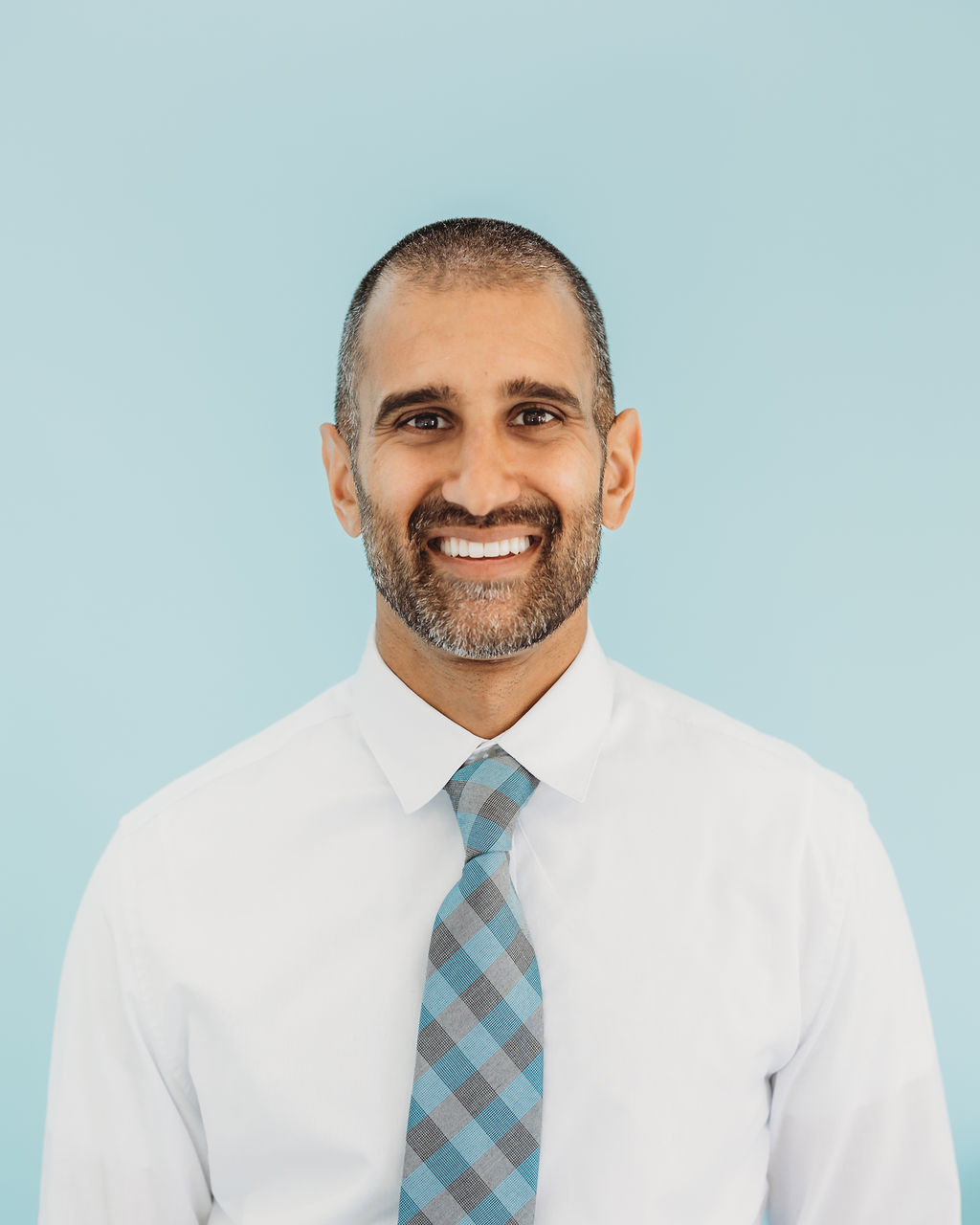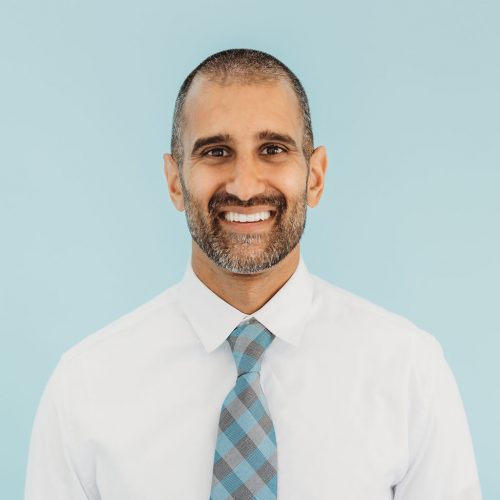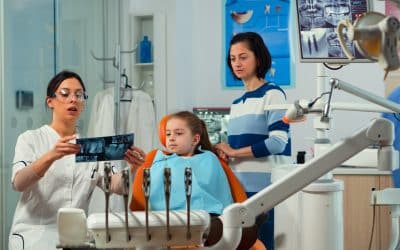At Reveal Dental, our expert doctor, Dr. Sura, understands how important it is to find effective sleep apnea treatments. Oral appliances are among the available treatments, especially for those who struggle with CPAP (Continuous Positive Airway Pressure) machines. In this article, we will provide an overview of oral appliances, their role in sleep apnea treatment, how oral appliance therapy works, who it is suitable for, and the various benefits and drawbacks.
Understanding Oral Appliances for Sleep Apnea Treatment
What Are Oral Appliances for Sleep Apnea Treatment?
Oral appliances for sleep apnea treatment are devices you wear in your mouth while sleeping. They help keep your airway open, which is crucial because in obstructive sleep apnea (OSA), your upper airway can get blocked when you sleep. This blockage reduces airflow, causing your brain to wake you up so you can breathe. This cycle of waking up and falling back asleep can happen frequently during the night, preventing you from getting good sleep and enough oxygen to your vital organs.
If left untreated, OSA can cause serious health problems and even be life-threatening. Oral appliances, also known as oral appliance therapy, treat OSA by keeping your mouth in a position that ensures enough airflow, helping you breathe better and reducing the frequency of OSA-related awakenings.
Mandibular Advancement Devices – MADs
Mandibular advancement devices (MADs) are the most common oral appliances used in obstructive sleep apnea (OSA) treatment. These devices go by various names, including mandibular advancement splints, mandibular advancement appliances, or mandibular repositioning appliances.
MADs work by moving your lower jaw (mandible) forward, bringing your tongue forward as well. This action creates more space for airflow in the back of your throat, making breathing easier while you sleep. MADs fit over your teeth and usually come in two parts—one for your top teeth and one for your bottom teeth. They’re connected by screws, hinges, or rubber bands that allow you to adjust the lower part of the device to move your jaw forward. Some MADs have interchangeable arches that can be used independently.
How Oral Appliance Therapy Works as a Sleep Apnea Treatment
To get started, schedule a consultation with Dr. Sura at Reveal Dental. During this appointment, they will address any questions you have and conduct a thorough examination of your mouth and teeth. They will create a digital scan of your teeth using advanced technology, which will be sent to a lab to craft your custom appliance.
Once your appliance is ready, you’ll give it a try. It’s small and fits snuggly in your mouth, providing comfort as you sleep. By holding your lower jaw forward, it ensures your airway stays open throughout the night. This forward movement also prevents your tongue from blocking your air passage. Compared to a CPAP machine, it’s a much simpler management solution!
Who Benefits from Oral Appliances?
Oral appliances offer a helpful alternative for those with mild to moderate obstructive sleep apnea (OSA). They are beneficial even for those who struggle with using a CPAP machine. CPAP machines involve wearing a mask connected to a tube that delivers pressurized air to keep your airways open while you sleep. While CPAP is the most effective sleep apnea treatment, some people find it difficult to use consistently.
That’s where oral appliance therapy comes in. While CPAP machines are highly effective, oral appliances can still ease symptoms for many people. Some even use both methods: CPAP at home and an oral appliance when traveling or to reduce reliance on the machine’s pressurized air. It’s all about finding what works best for you!
Who Should Not Use an Oral Appliance for Sleep Apnea Treatment?
Oral appliances are not suitable for everyone. Certain conditions may prevent you from opting for sleep apnea treatment using these oral appliances alone, including:
- People with central sleep apnea: Central sleep apnea occurs when there are signal problems in your brain that cause breathing pauses. Oral appliances cannot treat this type of sleep apnea.
- Children: Children often require different sleep apnea treatments than adults. Consult our expert doctors to determine if an oral appliance is appropriate for your child.
- People with severe OSA: Attempting to manage severe OSA with only an oral appliance can be dangerous. Follow our expert guidance at Reveal Dental on when it’s safe to use an oral appliance and when it isn’t.
Benefits of Oral Appliance Therapy
Oral appliances have many benefits, including:
- Better sleep
- Less snoring
- Easy to wear
- Non-invasive (no surgery needed)
- Portable
- Comfortable for people who feel claustrophobic
- Affordable
- Quiet (they don’t make noise)
Drawbacks of Oral Appliance Therapy
Despite their benefits, oral appliances also have some drawbacks, such as:
- Changes in your bite or how your teeth align
- Possible Discomfort or pain
- Issues with your jaw joint
- Increased saliva or dry mouth
Even with these drawbacks, oral appliances are still an excellent way to treat sleep apnea and snoring. It’s essential to talk to our dentists to ensure you get the right fit and the best results. Discussing the drawbacks with your doctor will help you make an informed decision about whether oral appliance therapy is the right treatment for you.
Conclusion
Oral appliances can help treat sleep apnea and improve sleep quality and overall health. If you’re interested in trying them, Reveal Dental can help. Contact us today to learn more and start sleeping better! Visit Reveal Dental now!

Submitted by Dr. Alkesh C. Sura
Dr. Alkesh C. Sura is the founder and lead dentist at Reveal Dental in Cedar Park, Texas. A North Carolina native, Dr. Sura earned both his Bachelor of Science in Public Health and Doctor of Dental Surgery degrees from the University of North Carolina at Chapel Hill.





